For safety and comfort, while driving off-road, it is vital to wear a suitable helmet. ATV helmets aren't any different in this regard, and there's a variety of sizes to pick from according to the height and age of people. The size of ATV helmets generally ranges from 17.5 inches up to 28 inches.
To determine the appropriate size for your head You must identify your head's measurements as well as its shape. ATV helmets are classified into three categories that are based on head shapes like circular ovals, intermediate ovals along with long oval. To determine the measurement you need an adjustable tape measure for tailors to measure the circumference of your head.
ATV Helmet Size Chart
Table of Contents
There are usually two kinds of helmets made according to how old the wearer wearing them. One type is intended for children, and the other one is designed for adults. Children's helmets vary from 17.5 between 22 and 17.5 inches, while adult helmets vary between 21 to 28 inches. You can select the appropriate size by measuring the circumference of the head of the user.
The helmets used in the class for this age group are used by children aged between 1 to 14 years old, typically. After measuring the circumference of the head, refer to the chart below to choose the right helmet.
| Size | Circumference | Age |
| S | 17.5 - 19 inches | 3 years old |
| M | 19 - 20 inches | 3 - 5 years old |
| L | 20 - 21 inches | 5-8 years old |
| XL | 21 - 22 inches | 8-13 years old |
Ages above 14 are able to use adult-sized helmets.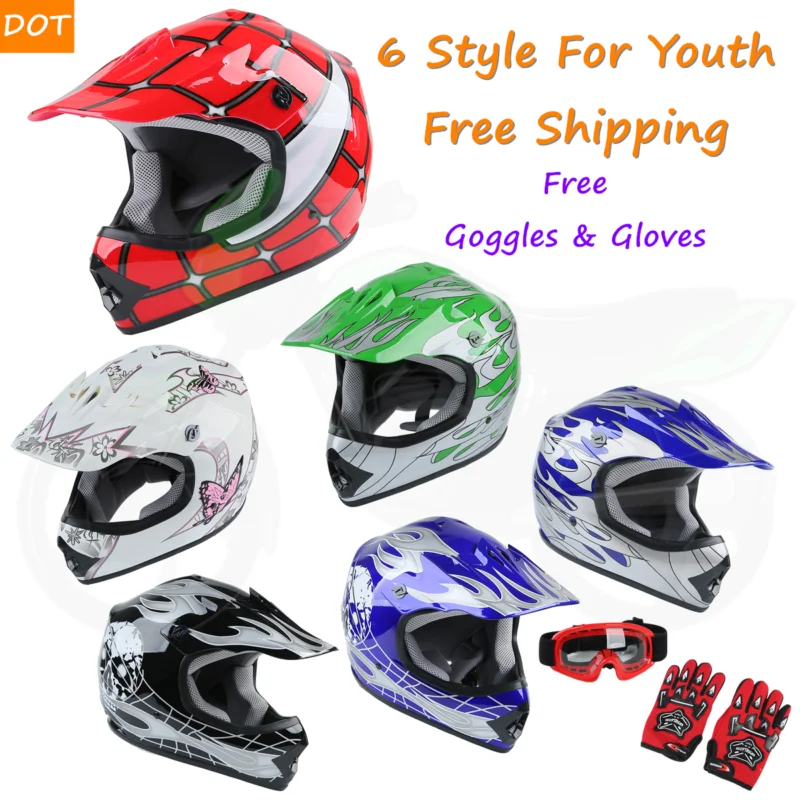 However, they must take a measurement of how wide their heads to ensure it's appropriate for them. Check out the size chart for the right choice of helmets.
However, they must take a measurement of how wide their heads to ensure it's appropriate for them. Check out the size chart for the right choice of helmets.
| Size | Circumference | Age |
| S | 21 - 22 inches | 13+ |
| M | 22 - 23 inches | |
| L | 23 - 24 inches | |
| XL | 24 - 25 inches | |
| XXL | 25 - 26 inches | |
| XXXL | 26 - 27 inches | |
| XXXXL | 27 - 28 inches |
It is essential to follow a few steps to ensure a precise measurement of your head's circumference before determining the appropriate size of the helmet you are wearing.

If you do not have a precise measurement of the circumference of your helmet, it is impossible to choose the correct size for an ATV helmet. After selecting the most comprehensive measurement, you need to examine the size chart in order to make the final decision.
Goggles included in the ATV helmet are a great option to ensure your safety when driving on dirt, rough, off-road. Some helmets are equipped with goggles, while others come with goggles included in the helmet. It doesn't matter how big the head does not matter if the helmet is equipped with goggles or it doesn't.
Some helmets are equipped with goggles, while others come with goggles included in the helmet. It doesn't matter how big the head does not matter if the helmet is equipped with goggles or it doesn't.
The glasses built into them protect your eyes from small stones and debris, ultra-violet radiation, and many other harmful radiations. It will ensure a pleasurable journey for the entire duration. It means that you'll be able to stay focused for long durations regardless of the weather.
Instead of buying an open-face or half helmet, a full-face helmet equipped with eye protection is a great alternative when it comes to security concerns. The face shield should be made of UV-resistant materials. The shield's surface must be impervious to scratches for longevity.
Be sure that the face shield is able to protect your face in totality. It should not interfere with the process of ventilation. It should come with a cushion that can absorb sweat to give you greater comfort.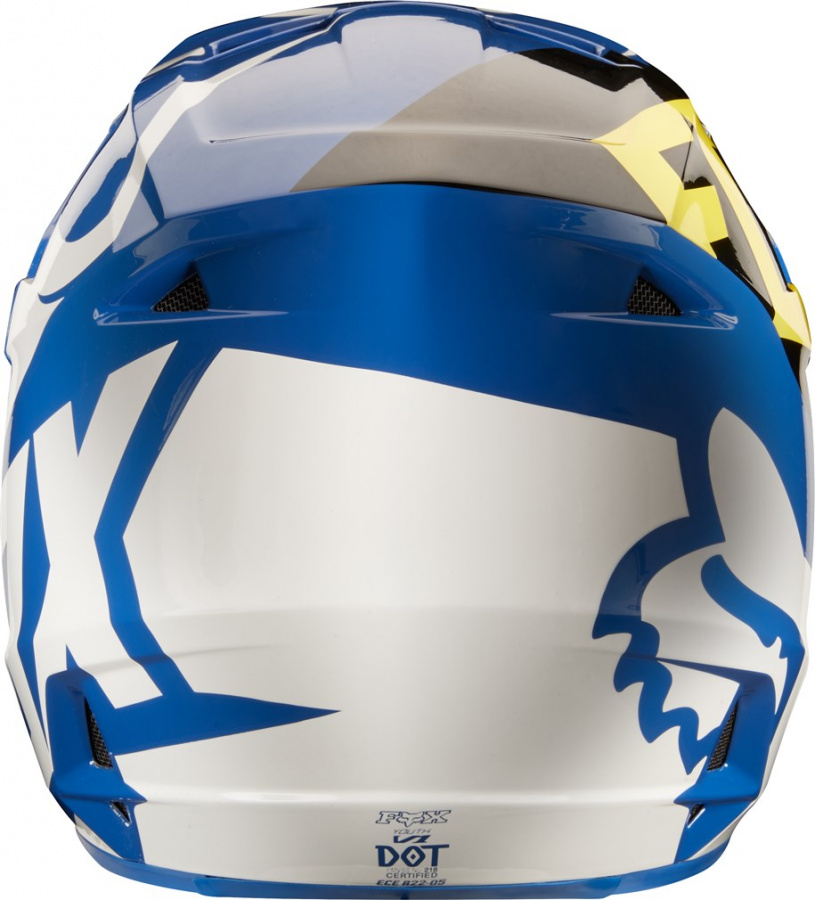 It should also have the capability to open.
It should also have the capability to open.
The demand for Bluetooth riders is growing every day. Because of race speed racers also want to connect with other racers. This is because the Bluetooth mechanism inside the interior of the helmet helps keep other racers protected from injuries.
This built-in Bluetooth device is usually able to allow four riders to connect throughout the ride. Because they are designed to be used in extreme circumstances, the manufacturers should ensure that they use modern models that offer excellent audio clarity. Some models also come with crash detection, as along with the SOS dialer.
Best Budget ATV Helmet Communication Systems: Under $100!
The helmets used for ATV riding should be constructed from weatherproof materials. Nowadays, most manufacturers create the helmet's frame using polycarbonate. It is made by injection molding. Its outer layer has to be scratchproof and resist UV as well.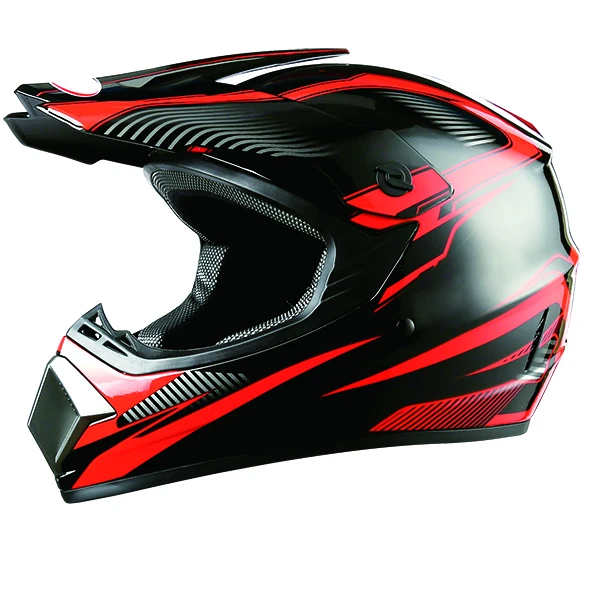
The helmet must be cushioned enough to give you a comfortable and comfortable feel. For a comfortable ride, rides, helmets should have a ventilation system that covers the forehead and chin. Vents that are able to draw more air will reduce wind noise and assist in hearing clear sounds from outside.
Cleaning is comprised of two elements: cleaning the outside and also cleaning the inside.
If you're not one of those who are among the top ATV owners You can purchase the cheapest helmet, which can cost between $100-$200. But, the pros are extremely aware of their safety, which is why they're more likely to purchase more expensive helmets. In this scenario, they are willing to pay over 200-$500 to buy a high-end helmet.
But, the pros are extremely aware of their safety, which is why they're more likely to purchase more expensive helmets. In this scenario, they are willing to pay over 200-$500 to buy a high-end helmet.
A helmet can provide protection of your head, face eyes, and head. It will also make your off-road journey a pleasurable one. The harsh conditions of dirt, mud, and insects may make your ride uncomfortable. But, ATV ATV riders can ensure an enjoyable and safe ride when they wear ATV helmets.
Off-road riding isn't the best location for riders to ride without helmets. In the case of ATV helmets, I'd declare them to be very useful indeed.
Saving your skull
The helmet serves as a life-saving device in case of accident-related accidents that happen unintentionally occur off-roads. The helmet shields your head from getting hit by a large rock stone, or even a part of the tree, or other sharp objects. The outer structure inside the skull is sturdy and cushioned inside to provide more security and comfort of your head.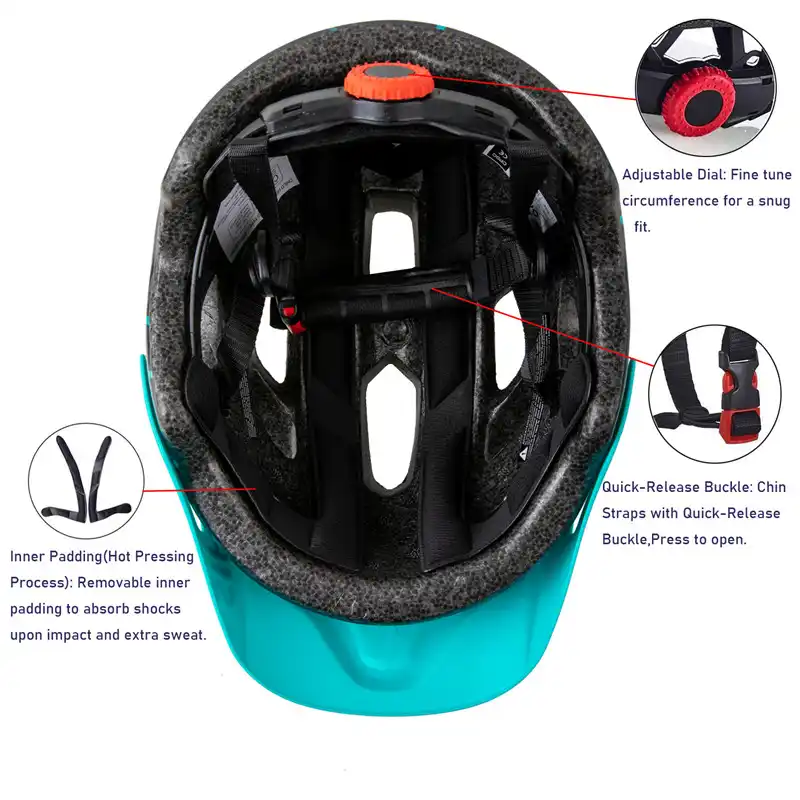
Face-to-face
It isn't always easy to ride in direct sunshine or in the dirt, mud, or. There are instances that you may hit an obstacle that could cause injury to the face. However, if you are wearing an appropriate helmet with eye protection, you will safeguard your face from the effects of dirt and intense sunlight.
Keep your eyes protected
If your helmet is equipped with an integrated face shield or goggles they'll shield eyelids from getting irritated by bugs and debris, and other particles that come toward your face. The shields block UV rays out of your eyes and provide you with a clearer vision.
Providing you clearer hearing
It's vital to stay alert while driving and a helmet can assist you with this. ATV helmets help reduce background noise and help you keep your eyes open with better hearing.
Best Budget ATV Helmet Communication Systems: Under $100!
To determine the proper ATV size helmet, it's essential to measure what the head's circumference is and then consult the size chart above to determine the best size.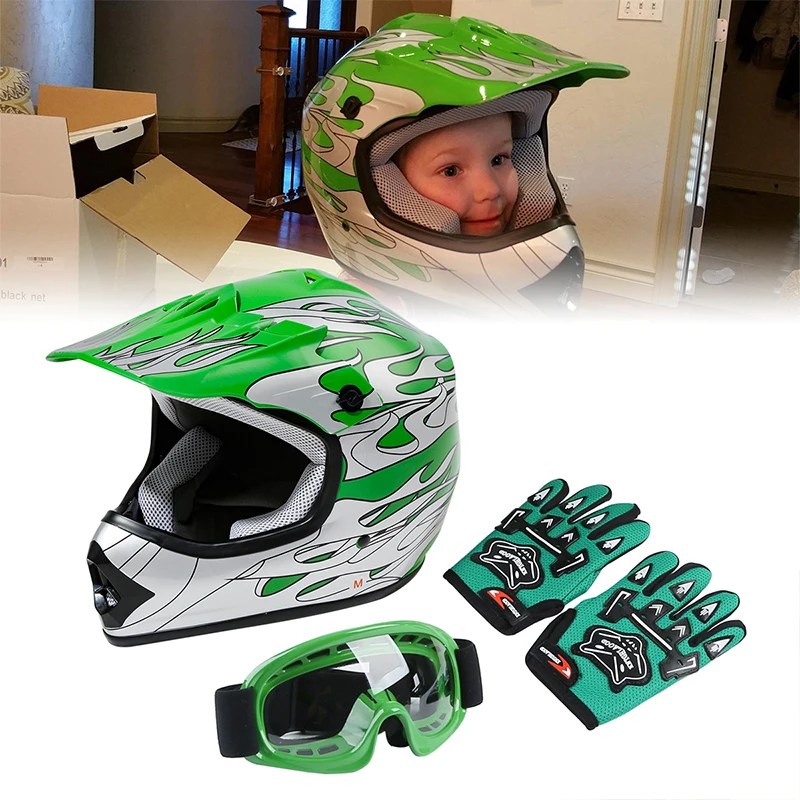
Richard R
With over 10 years of experience working on cars and trucks Item Training Supervisor Richard Reina is known around the office as one of our technical experts & real an "automobile person".
His rate of interest began, in his very own words, "at the age of two when his father educated him the distinction in between a Chevy and a Ford. Since then it's been cars regularly."
As a serious lover of practically all things with a motor Richard can address nearly any kind of inquiry related to car upkeep, fixing, or restoration & is a fact professional in electric motor background.
Follow Us On Facebook
Like Us On Facebook
You maybe like to read:
March 18, 2023
Fodsports M1s Pro Vs Plus: Which One Is The Best For You?
Stephen
Fodsports M1s Pro Vs Plus: Which One Is The Best For You? Fodsports entered into the competitive market of Bluetooth headsets for motorcycle helmets in 2013.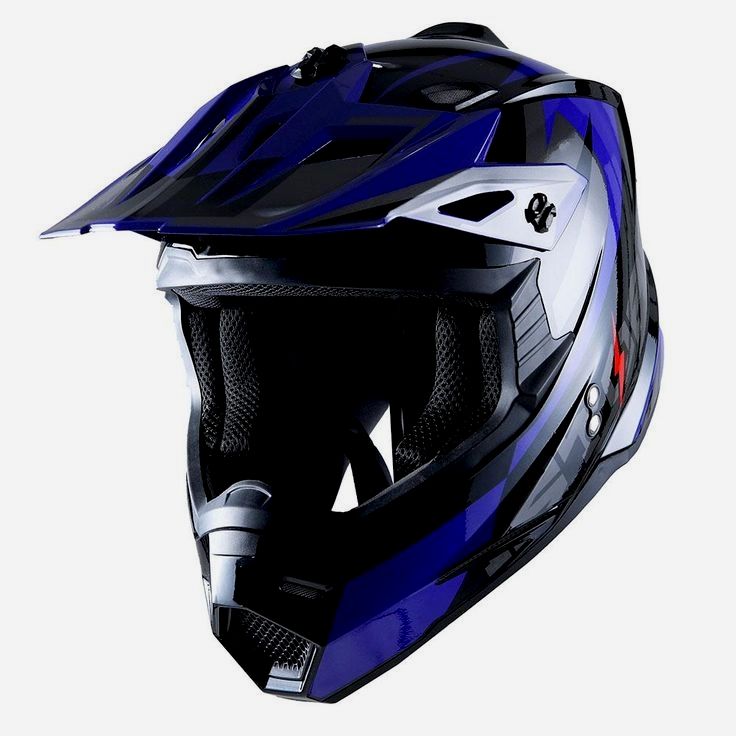 Some premium products are recognized for their quickly available rates and also characteristics. Some motorcyclists might not know the Fodsports brand name. As a matter of fact, we were […]
Some premium products are recognized for their quickly available rates and also characteristics. Some motorcyclists might not know the Fodsports brand name. As a matter of fact, we were […]
Read More
February 11, 2023
13 Unique Motorcycle Helmet Accessories For Every Rider
Stephen
Let's face it, motorcycle helmets keep you safe from impacts and also crashes. However, you probably have one more reason to want to wear them-- to look badass. Can not locate the best choice for you though? Do not fret-- you can always customize the regular-looking helmets into something that turns eyes around. Ok, so […]
Read More
January 23, 2023
5 Best Budget Snowmobile Helmet Bluetooth Intercom On Fodsports 2023
Stephen
We enjoy knowing that you're taking a passion in Best Budget Snowmobile Helmet Bluetooth Intercom.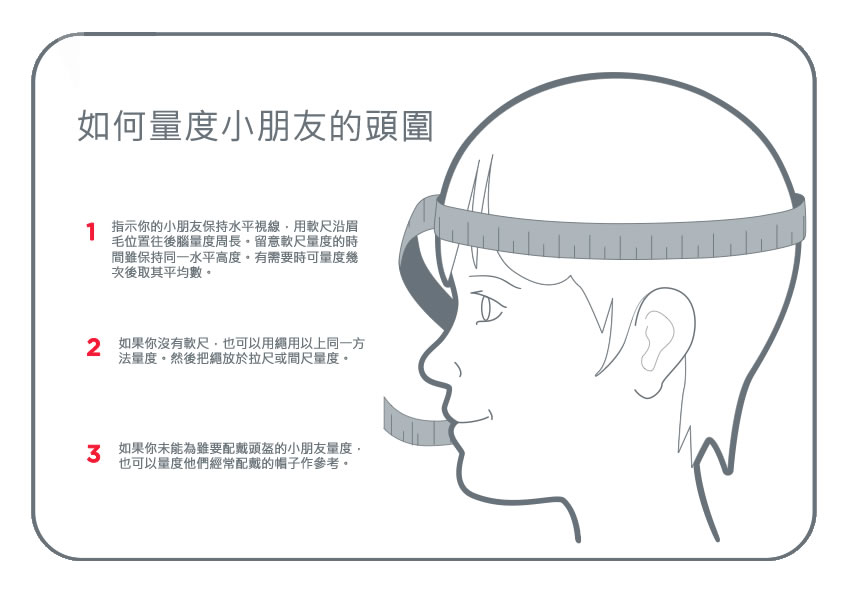 These systems are a great tool to correspond while you ride. Nonetheless, It's not easy to pick among the Bluetooth Helmet Intercoms that are readily available on the marketplace right now. From being strictly a communication gadget to being a […]
These systems are a great tool to correspond while you ride. Nonetheless, It's not easy to pick among the Bluetooth Helmet Intercoms that are readily available on the marketplace right now. From being strictly a communication gadget to being a […]
Read More
January 7, 2023
Fodsports Group Intercoms Comparison: What Are The Key Differences?
Stephen
Overwhelmed about selecting Fodsports Group Intercoms? If of course, we're here to save you from the predicament. Fodsports group intercoms comparison: What are the key differences? As you currently know, Fodsports is one of the well-known brands in the motorcycle intercom market. They have a vast array of items, including the group intercoms of the […]
Read More
January 3, 2023
Fodsports'S 4 Best Holiday Gifts For Motorcycle Lovers
Rodney L Herron
In the cold winter, we all look forward to Christmas.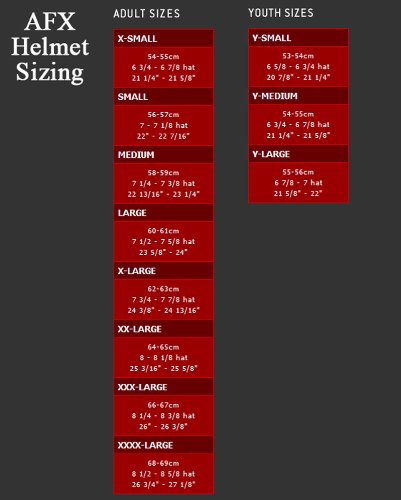 Red and green contrasting Christmas decorations, goose yellow lights, and heavy snow in the sky, this is my favorite Christmas picture. For motorcycle lovers, a long-distance motorcycle trip at the end of the year is an exciting thing. But before setting off, a set of […]
Red and green contrasting Christmas decorations, goose yellow lights, and heavy snow in the sky, this is my favorite Christmas picture. For motorcycle lovers, a long-distance motorcycle trip at the end of the year is an exciting thing. But before setting off, a set of […]
Read More
December 22, 2022
25 Best & Most Unique Gifts For Motorcycle Riders [2023]
Stephen
Don’t know what gifts for motorcycle riders? If you have a good friend, family member, or liked one who loves motorbikes, obtaining them a gift that concerns motorbikes is an exceptional option. For a lot of individuals, motorcycles are greater than simply a leisure activity. It's a way of living. Motorcyclists often tend to have […]
Read More
Learn Everything About Motorcycles, Bluetooth Communication For Motorcycle Helmets and other Powersports tips on Fodsports Motorcycle Blog
Search for:
Back to Shop
angle-double-upWe get a lot of parents who want to surprise their kids with an ATV, dirt bike, or electric bike.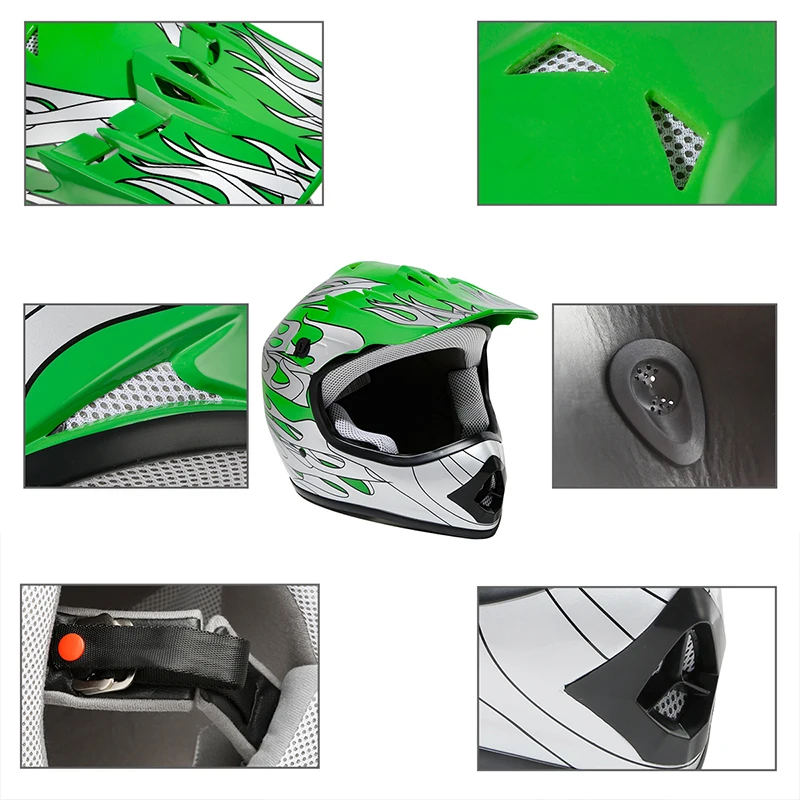 This is a huge event for most kids. The easy part is the bike, the hard part is figuring out how to size your kids up for the right gear. Guessing a helmet size can be tough. We are here to help with fitting your kid for helmet and goggles. First off, we want to get rid of a common misconception. Helmets should not be sized with the idea of “giving them room to grow.” This common mistake will lead to improper helmet fitment. Which means the helmet will not function properly in the event of an impact.
This is a huge event for most kids. The easy part is the bike, the hard part is figuring out how to size your kids up for the right gear. Guessing a helmet size can be tough. We are here to help with fitting your kid for helmet and goggles. First off, we want to get rid of a common misconception. Helmets should not be sized with the idea of “giving them room to grow.” This common mistake will lead to improper helmet fitment. Which means the helmet will not function properly in the event of an impact.
Measuring your kids head is the most effective way to get them sized correctly. The best way to measure for a helmet would be to use a soft tape measure and measure all the way around their head from just above the eyebrows to the farthest point on the back of their head. (inches works but centimeters is preferred) This will give us an idea of where to start the fitment process. Once we have a helmet on your child’s head we look to see how it sits on their head. The helmet should sit just above their eyebrows.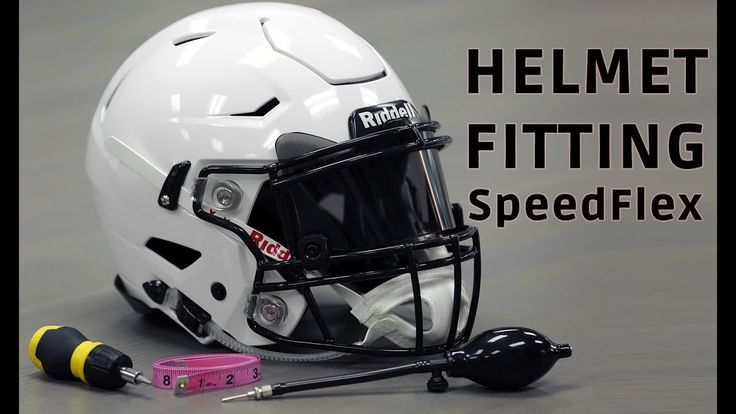 Their cheeks should be squished some and the helmet should not easily move around their head.
Their cheeks should be squished some and the helmet should not easily move around their head.
A helmet is the most important piece of safety gear you will get for your child. There are a few child specific things to consider when fitting your kid for helmet and goggles. The younger a child is, the more they tend to care about things touching their ears or face. Having them try on a helmet can be a deal breaker.
We have found that making it a family event where everyone is trying on helmets is one method that can help get over some issues. Another one would be having them put on a helmet that is way to big then going down from there so they get used to the concept of how it goes on. This also lessens the impact of putting a helmet that is way to small and getting them almost stuck on their head. This makes for a very counterproductive helmet fitting and zero chance of getting a helmet back on your child’s head. Keeping the experience positive and fun will go a long way to getting them into riding.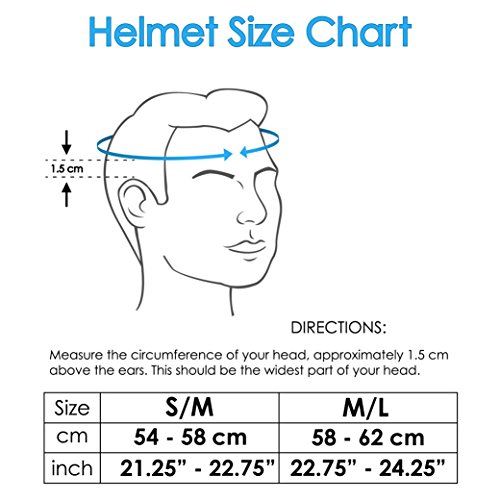
After we get them sized properly we then need to figure out eye protection. Protecting your child’s eyes while they are riding is very important. Dirt, bugs, and twigs can turn a great ride into a bad day if they do not wear goggles. Even slow speeds on small dirt bikes and even electric bikes can make enough dust to cause a problem.
When you are fitting goggles it is best if you bring your child’s helmet with you or have one you can wear at the store that is the same. Youth size helmets will fit youth and mini goggles well. Adult helmets can fit youth and adult size goggles.To put goggles on you will want to have the helmet on first then put the goggle part on the child’s face. Then you will put the strap over the helmet to the back. Proper fitting goggles will have a good seal around the child’s face as well as not pushing too hard on the child’s nose. Another nice thing about goggles is that they will make sure the helmet is in the proper place on the child’s head when they are wearing it.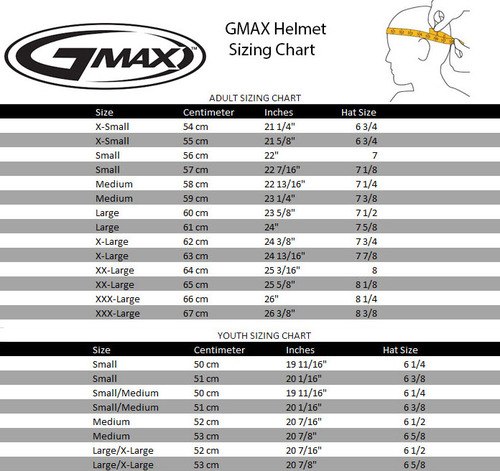 Stop by Sprocketz to let one of our Sprocketeers get your kids properly sized up and geared to go.
Stop by Sprocketz to let one of our Sprocketeers get your kids properly sized up and geared to go.
Articles
30 Apr
Even if you are a beginner, or just always ride carefully - a helmet should be on your head when you are driving an ATV. And because traffic rules require it, and because even at low speed, a fall without protection can result in injury. Add branches here that you can catch on in the forest.
Since there are dozens of helmets in any store now, it can be difficult to choose.
All models are divided into 4 types according to their design: open, modular, integral and cross.
Open helmets only protect the head, plus may have glass.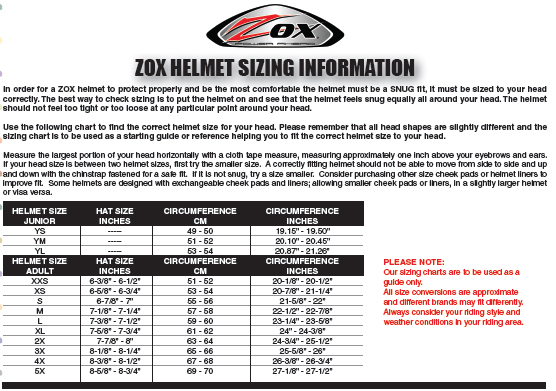 They don't protect their faces. These are suitable for leisurely walks at low speed.
They don't protect their faces. These are suitable for leisurely walks at low speed.
Modulars are good in that the lower (chin) part and the visor move up. Initially, this was invented for smokers - so that at bus stops you do not have to remove your helmet for a smoke break. But as it turned out, it is also convenient for others: to drink water, explore the surroundings, and have a bite to eat. This helmet is ideal for a relaxed ride.
integrals are the most secure. Structurally, it is a closed round helmet (sometimes with a small visor) with a chin bar that does not move up. The visor, depending on the model, may or may not rise. The main disadvantage: to chat, look around or drink water at the bus stop, the helmet will have to be removed.
Cross-country helmets are considered sport helmets. They weigh less, have a more aggressive design: a far protruding visor, the chin bar does not rise, and also protrudes forward. There is usually no visor: instead, goggles must be worn to the helmet (but there are also models with glass). According to many riders, it is easier to breathe in such helmets than in integrals, since there is more room for exhalation.
There is usually no visor: instead, goggles must be worn to the helmet (but there are also models with glass). According to many riders, it is easier to breathe in such helmets than in integrals, since there is more room for exhalation.
The choice between a cross-country helmet or a full face helmet depends on the rider's preference. If you prefer to have more mobility, and ride actively and quickly, take cross-country. If you want to be as protected as possible, take the integral. And even better - try on both this and this option, and choose according to your feelings.
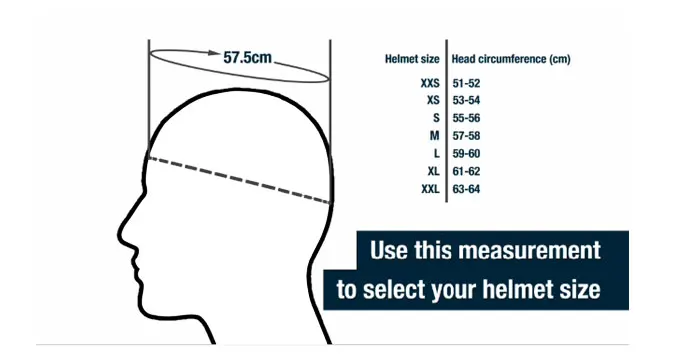
 05 (ECE R 22.05 is also found). Less common are American DOT and Snell. According to the rules, all helmets in the Russian Federation must also have the Russian GOST R 41.22-2001 certificate, but in practice it is needed only if you are stopped by a traffic police inspector.
05 (ECE R 22.05 is also found). Less common are American DOT and Snell. According to the rules, all helmets in the Russian Federation must also have the Russian GOST R 41.22-2001 certificate, but in practice it is needed only if you are stopped by a traffic police inspector. CFMOTO V520 open face helmet. Budget lightweight option with a visor and wide and high glass. Suitable for beginners and for tourists who will not push the gas to full, and will not climb into an impenetrable thicket (since there is no protection for the neck and chin - branches can scratch them).
FXR Clutch Cross Helmet. Highly ventilated, lightweight polymer helmet with removable anti-bacterial lining, rear diffuser (to protect your neck) and extended rubber insert (to protect against frost and snow if you plan to ride in winter).
509 Tactical cross helmet. With a durable polycarbonate shell, two layers of EPS of different densities and thoughtful ventilation.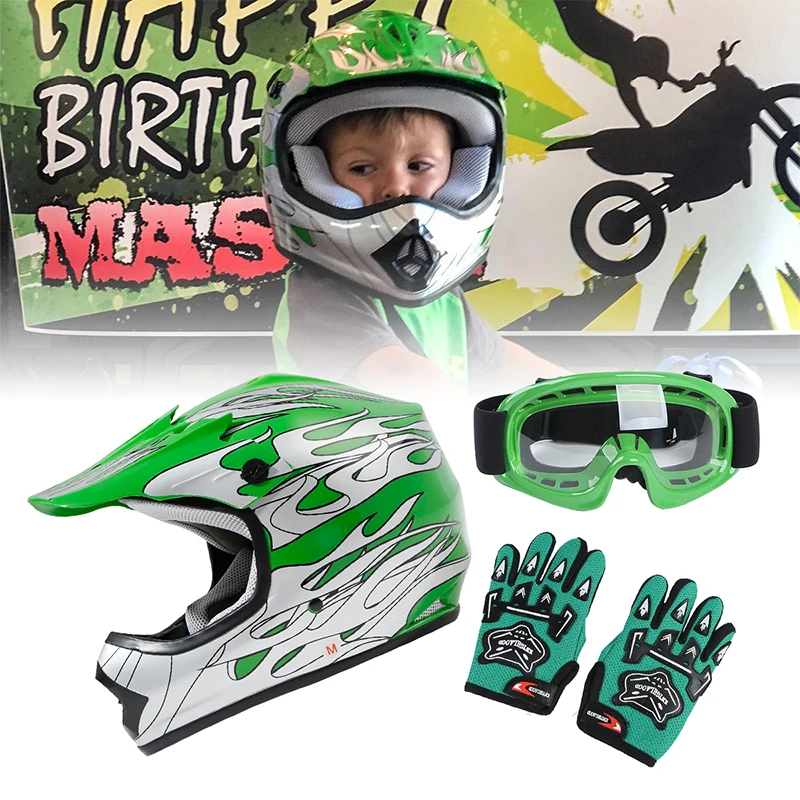
ProBiker Riding Tribe Integral A simple budget helmet with a removable hypoallergenic lining, vents on different sides, quick release and safety.
509 Delta R3 Carbon is a cross/integral hybrid. Premium model with carbon shell, protruding visor and glass.
You can get injured even at low speed and without falling - from a bouncing branch or stone, a torn tow rope or an insect that has hit your face. Restoring health at the same time is more expensive and longer than an ATV. Therefore, a helmet is required. From what materials and what form is safer - we will tell in the article.
Helmets differ in shape, weight, material and the presence of a visor (protective glass). The division into "male" / "female" or "children's" / "adults" is conditional, they differ only in colors and size.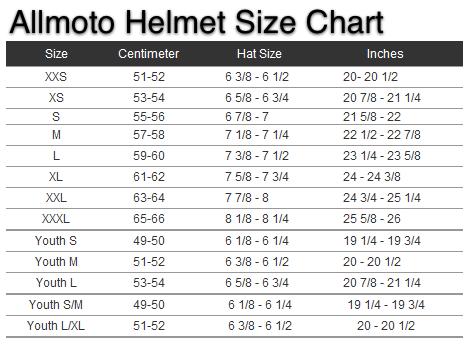
Lightweight, does not restrict visibility and is well ventilated. Do not interfere with drinking, eating and talking. Protect from branches, stones and a fine when meeting with a traffic police inspector. Due to the open lower part of the face, there is a high risk of jaw injury during falls and collisions. Therefore, such helmets are not suitable for an ATV.
Open helmets include helmet, three-quarter, half and jet.
Heavier and more expensive than open helmets, but completely cover the head. In addition to injuries, they can partially or completely protect against wind, noise, cold and dust.
Int. It is the safest helmet available due to its integral construction. It is also the best in terms of noise isolation and aerodynamics, but this is irrelevant for an ATV. Of the minuses - it is stuffy to ride in it through the forest. Visibility is worse than in a cross helmet. No visor.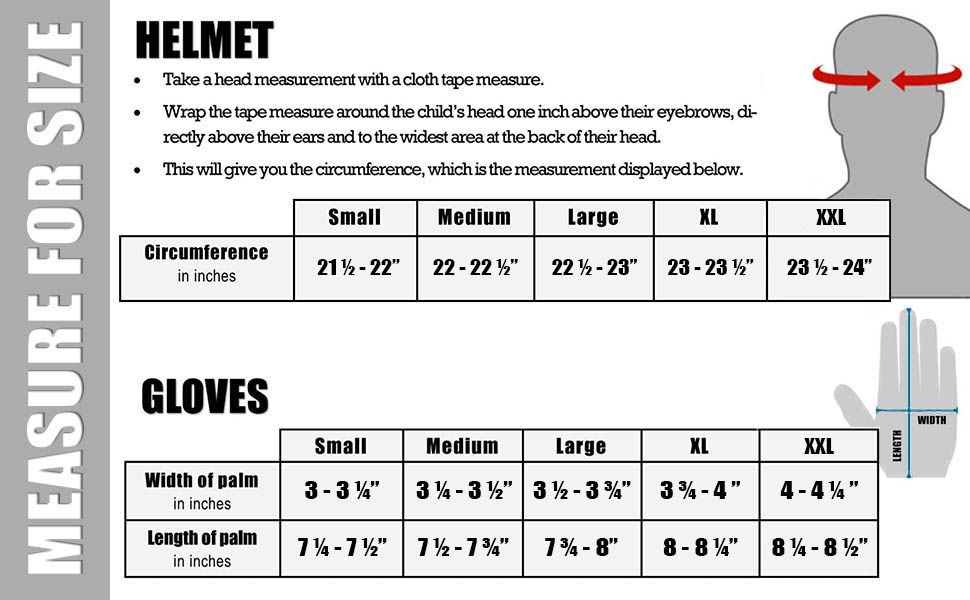
Cross . A kind of integral with a visor for protection from branches, sun and drizzling rain. It has an extended forum for easier breathing and reinforced chin protection. As a rule, such helmets are not equipped with a visor. Goggles are worn instead - they provide good viewing angles and ventilation. An example of a cross helmet is 509 TACTICAL.
Modular ( transformer, flip-up ). Similar to the integral, but has a lifting jaw arch. Due to this, the rider can drink, eat and communicate in a helmet. At the same time, due to the complex design, the modular is heavier and more expensive than other helmets. There may be ventilation problems and whistling when driving. The safety of the modular is the lowest among closed helmets - the arc sometimes flies out on impact. An example of a modular helmet - 509Delta R4.
Integral
CROSSOS
MODULAR
HELEMS.
Outer sheath can be made of thermoplastics or composites. Polycarbonate (plastic) helmets are heavier and more massive than composite ones, less durable, but cheaper. The most unreliable are made of ABS plastic. High-quality plastic is elastic, but bursts under extreme loads.
Composite helmets are made from fiberglass, aramid, fiberglass, carbon fiber, fiberglass, carbon fiber, carbon, kevlar, and similar materials that are bonded with resin, compressed, and baked. The strongest have at least three layers with different characteristics of penetration, compression / stretching and stiffness. Rinse, preventing penetrating damage. They are lighter and more reliable than plastic ones, but they are more expensive. The outer shell evenly distributes the impact energy during a crash and transfers it to the soft inner layer.
The inner shell consists of multilayer EPS (polystyrene foam) of different density and thickness. It is a versatile, lightweight material that dampens impact energy, and over time, for convenience, takes the form of a head.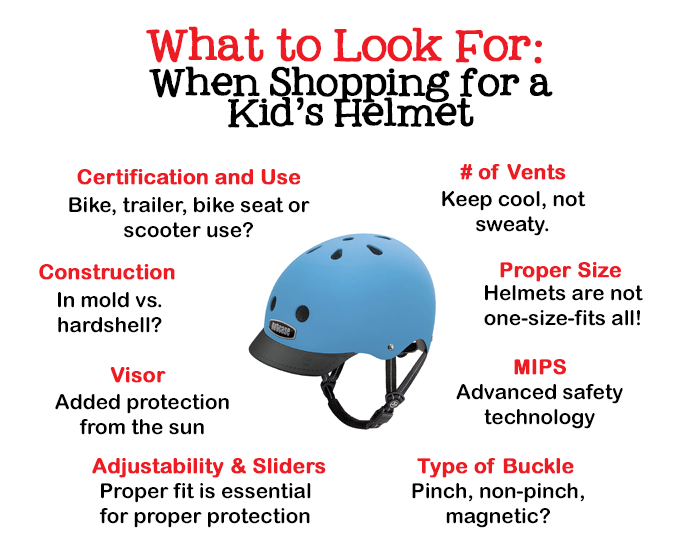
Foam seals and fabric part are added to the inner shell. In high-quality helmets, it is removable - you can wash or replace it.
The replacement part of the helmet is made from hypoallergenic fabrics. It creates additional comfort, warms in the cold and removes moisture in the heat. Synthetic is lighter and less demanding to care for, but can irritate the skin. Natural is more comfortable, but heavier, more difficult to care for and less hygienic.
The visor is made of polycarbonate. It can be transparent, tinted or colored. There are visors with double glasses and protection against scratches. They can also be coated with films and special compositions: anti-fog, anti-reflective and anti-fogging from the inside.
The visor can be heated (anti-fogging and anti-icing) as standard or purchased separately. He receives power through the wire from the ATV, which is not always convenient for extreme driving.
Travel .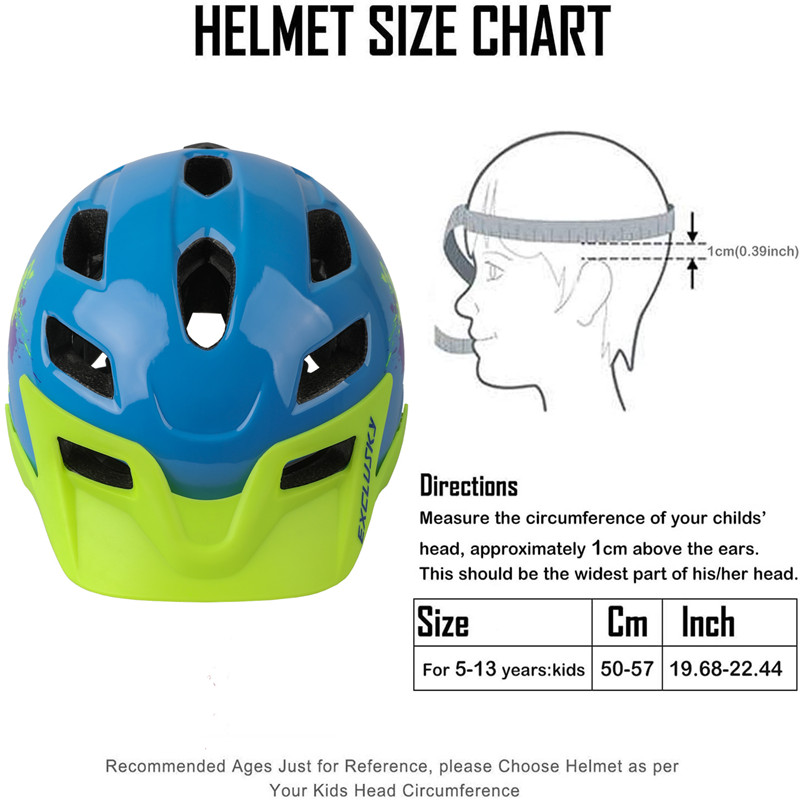 A cross-country helmet is suitable for summer and spring - it is better ventilated and protects from the sun. For autumn and winter, it is better to choose an integral with built-in visor heating and an exhaled air removal system. Modular can be worn for a short walk, but on a long journey, due to its greater weight, it is less comfortable than other helmets.
A cross-country helmet is suitable for summer and spring - it is better ventilated and protects from the sun. For autumn and winter, it is better to choose an integral with built-in visor heating and an exhaled air removal system. Modular can be worn for a short walk, but on a long journey, due to its greater weight, it is less comfortable than other helmets.
Track riding and tricks . The best choice is a cross helmet made of composite materials. In addition to injuries, it will protect against overloads, in which it is easy to overstrain or damage the muscles of the neck in a heavy helmet.
Household work . A cross-country helmet or integral without a visor, with good ventilation, will do.
Fit . The helmet should evenly fit the head, do not press, do not rub. A spacious helmet that dangles from the head increases the risk of injury. Therefore, you do not need to use someone else's and buy a child "for growth. "
"
To test the fit of the helmet, use both hands to twist it side to side, resisting with your head and neck. The helmet must not rotate. Shake and turn your head. It is important that the helmet does not interfere with visibility and does not narrow the field of peripheral vision. If you wear glasses, try on a helmet with them.
Life hack for men with a narrow face - if all the helmets hang on you, pay attention to the so-called "female" models, they are often narrower. The opposite is true for women with wide cheekbones - take a closer look at the "male" models.
Weight . The more weight, the faster the neck and head get tired. For short walks, the extra 100 grams is not important, but it is better to overpay for them when choosing a helmet for travel and extreme riding.
Certification The helmet must be certified to world standards. Therefore, if the standard is unknown to you, ask the seller about it and double-check the information on the Internet.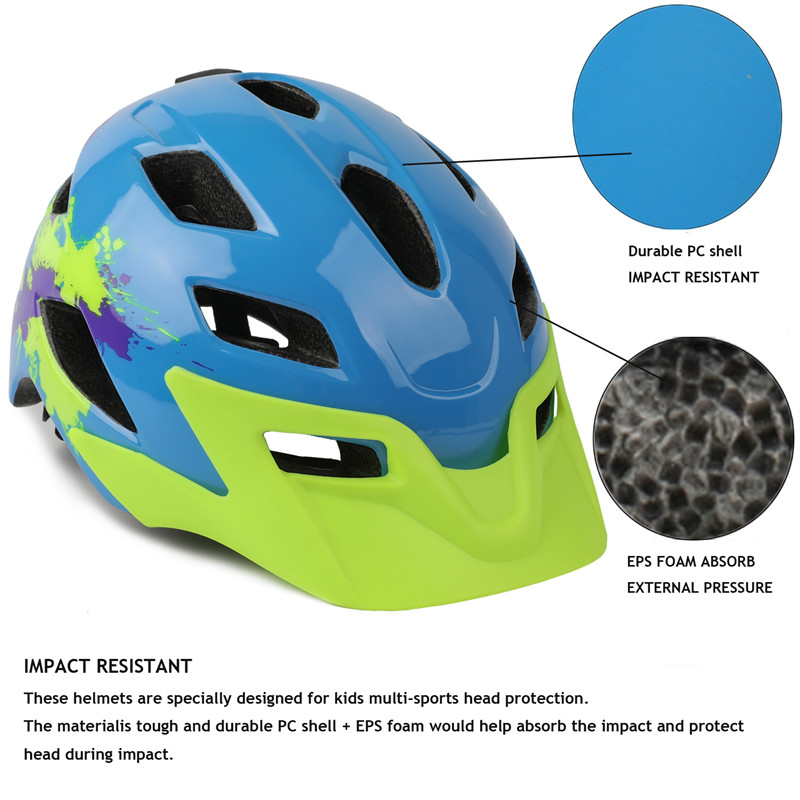
Certification mark location example , ACU (Great Britain).
Expiration date and date of manufacture. These are quality markers because they are affixed, as a rule, only serious brands. The helmet cannot be used longer than the expiration date - by this time the materials lose their original protective properties.
The vents and breather are important passive protection against fogging and overheating.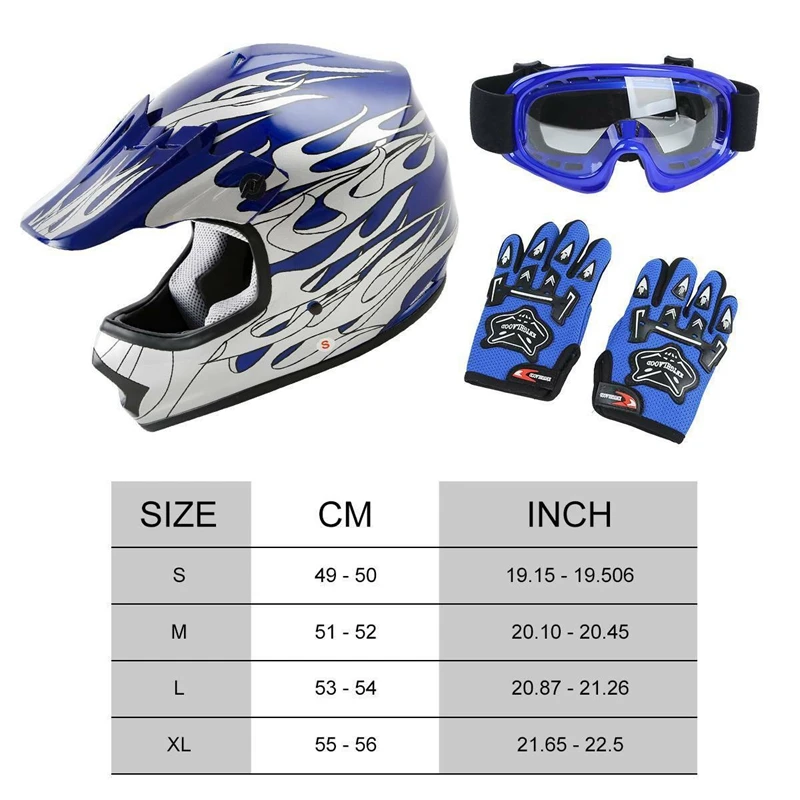
Fasteners. There are different shapes, but D-rings (D-shaped fasteners-rings) are considered the most reliable, and the quick-release fastener with a “ratchet” is considered the most convenient.
The visor lift mechanism is one of the most vulnerable parts of the helmet. Should be comfortable to operate without jamming.
A helmet is a one-time consumable to protect the head at the moment of impact. After that, you need to buy a new one. In terms of wear and aging of materials, the helmet is designed to last approximately 5 years. But, as a rule, it serves from one to three seasons.
The inner lining is wrinkled and compacted when worn.